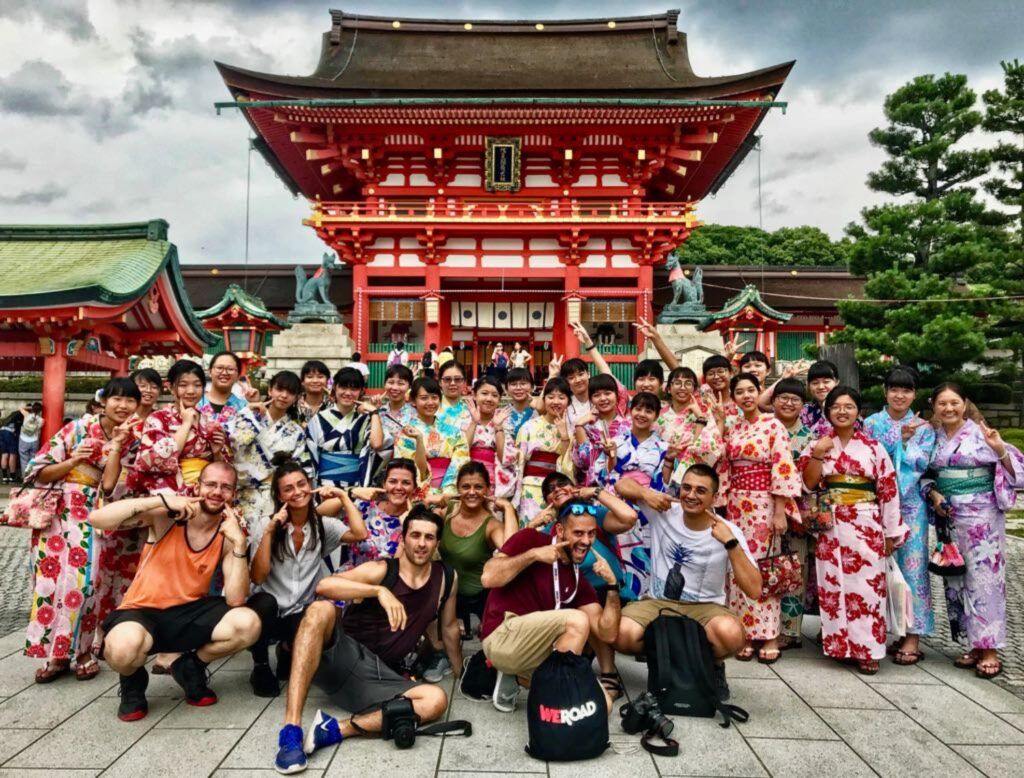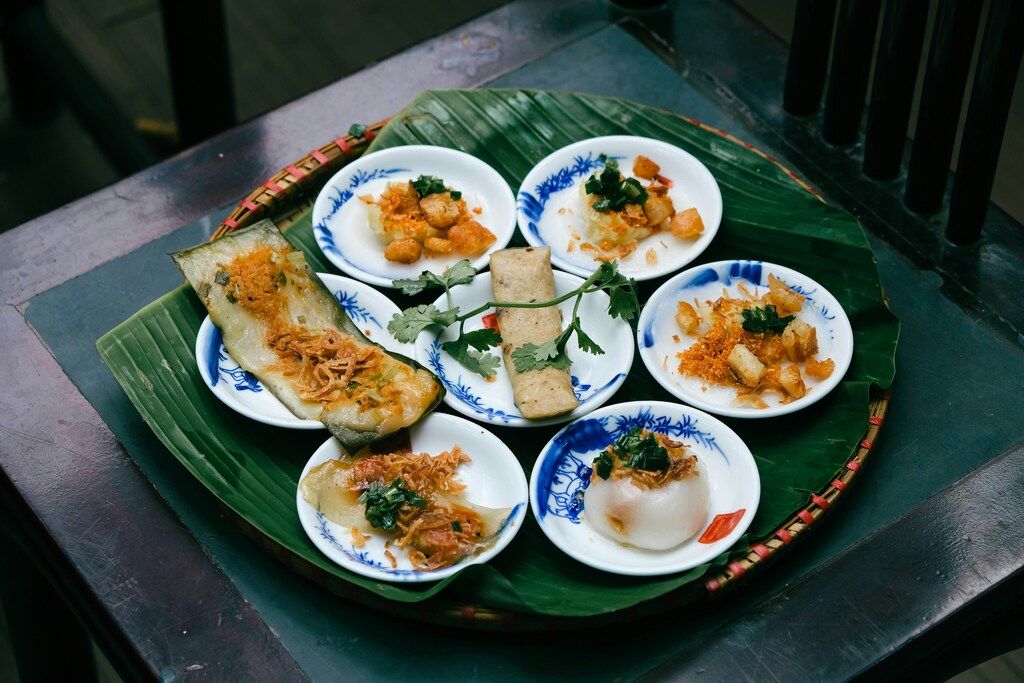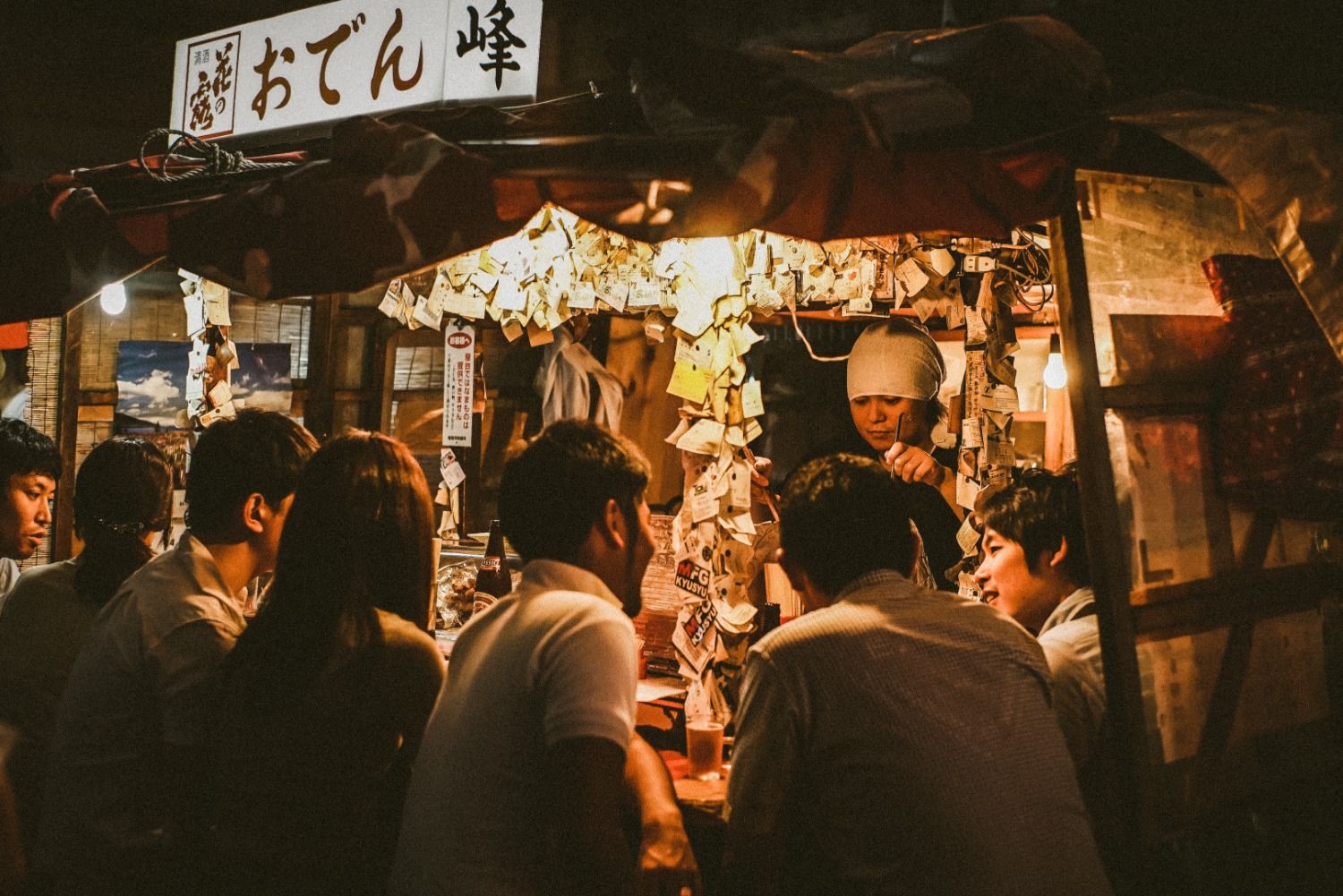

Japan’s full of menus brought to life.
Every street, alley, and market stall churns out mountains of minis—grilled, fried, slurped, souped, cold, hot, chewy, smoky, salty, sweet. Japanese street food is where the everyman eats like a genius. It’s compact, clean, showy, and intensely flavorful. Osaka has iconic street eats like Takoyaki that draw you in. Tokyo has the sweet stalls of childhood nostalgia. It offers flavors worth the pilgrimage. It’s easier, cheaper, and faster than you’d imagine. This guide tells you what to look for, where to find it, how much you’ll pay, and how to eat like a local. We’re offering postcards—not letters, not history books. Short, useful, delicious.
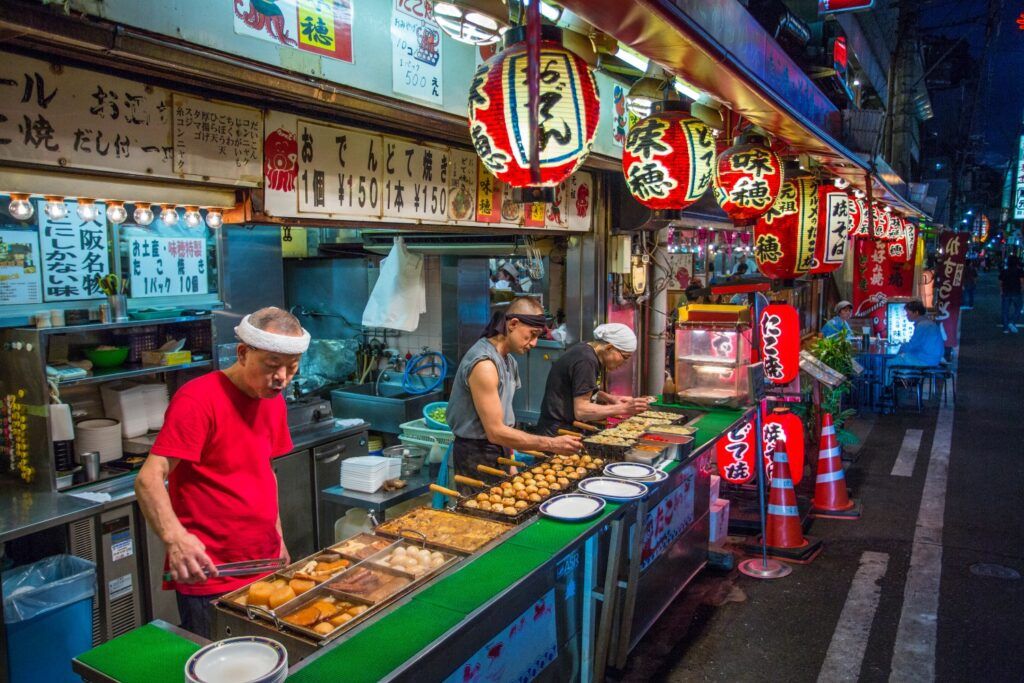
What makes Japanese street food so unique?
Small craft: street stalls are like mini-factories
Street food stalls in Japan operate as if they are dedicated workshops. They focus on their one dish as if they’re a factory that has only turned out gold for 50 years. When you perform the same action thousands of times, in a tiny space, you notice details you don’t on a larger scale. They time the heat coming off the iron instinctively. They tap and listen for the perfect moment. That single-minded focus lets them put their life-force into every item they make. It comes out special every time.
Where it can be found: yatai, matsuri, alley markets
This cuisine has three homes:
- Yatai are mobile food stands that temporarily appear at night near subway stations.
- Matsuri means festival. It’s when all the best cooks and eaters in town set up a village over a long weekend. Matsuri Yatai are found all around the edges and the winding streets that connect. Just follow your nose.
- Alley markets are the brick-and-mortar version of a Matsuri. They are everyday to locals, and magic to us. Just step off the street and explore.
One of the most surprising things travelers notice is the cleanliness. The environment is pristine, which can be disorienting compared to other countries. This leaves you open to make some interesting culinary discoveries. Every washoku fan can appreciate the order and consistency of these in-season street delights.
Must-try Japanese dishes
Takoyaki
Consider Takoyaki the poster child of Osaka street food. Imagine little balls of batter fried in a half-round mold that gets a swift, continual quarter turn with a pick-like instrument. These batter rounds are studded with tender morsels of octopus. They are draped with a shiny glaze of sauce and topped with dancing bonito flakes—delicate streamers that wave in the heat. If you have only five minutes in Osaka, eat this. It’s soft and molten inside with a lacy crunch outside. Be careful: the inside will be liquefied and piping hot. The long-term fond memories make it a wipeout worth repeating.
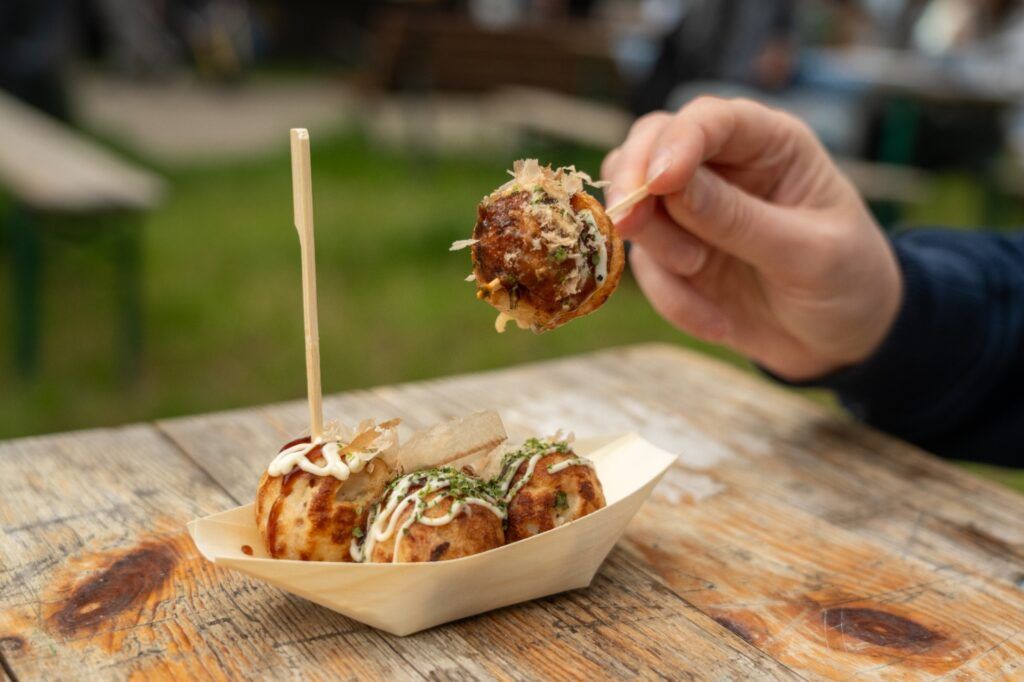
Yakitori
Yakitori is a fry-up of little chicken parts on a skewer. Not the bland bird you get in Western bars, its parts include the thigh, skin, heart, wing, and cartilage. Each section brings a new texture to the salt or tare-basted rod. Charcoal grilling blackens things up and brings out natural caramelized flavor. It is smoky, amber, and the ultimate salty, chewy, chug-able bar food. Because it’s a nightly staple, there’s no need to memorialize the experience. This is Tokyo’s food scene in its real form.

Okonomiyaki
Okonomiyaki is a savory pancake in the international sense of shape. It’s fried flat, and the batter is dense, mostly shredded cabbage with a visit from the meat fairy on top. Pork belly, slices of octopus, kimchi, and even mochi all stake out space. Oh, and a pond of sauce. Its derivation is direct: the name means “what you like cooked.” Served hot off the griddle, it fills you up, so it is often eaten on the go. While sometimes understated in flavor, its customizable ingredients and comforting nature make it an icon.
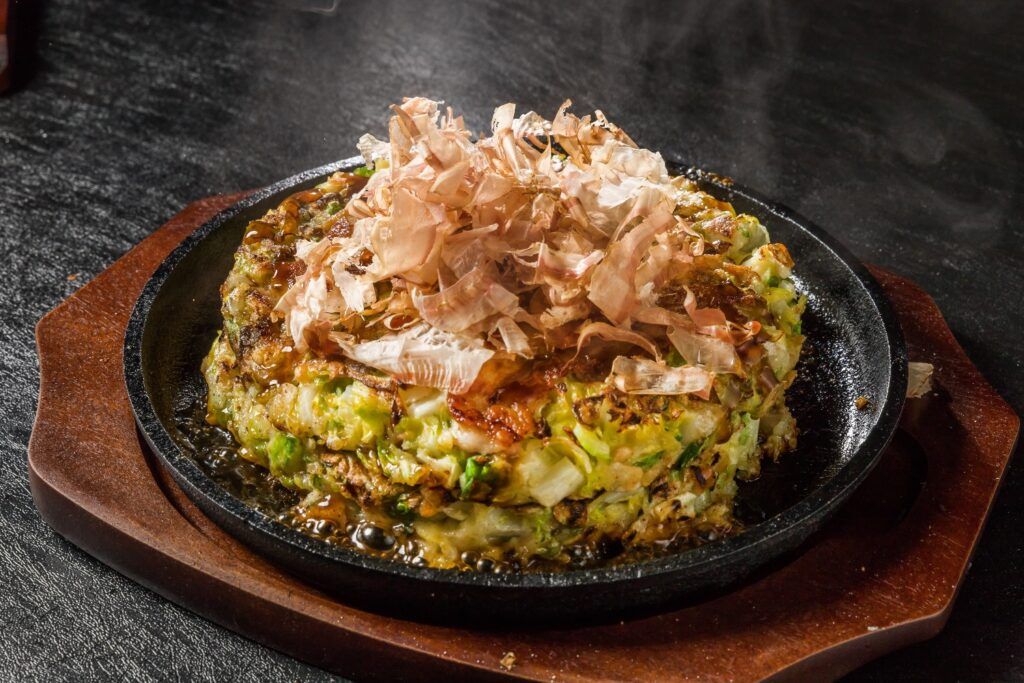
Taiyaki
Hard to pass up an aesthetically pleasing Taiyaki for a photo op. These fish-shaped waffles are typically filled with red bean or custard. Today, you might find something new, like chocolate, matcha cream, or purple sweet potato. But really, the nostalgic appeal is the graphic design. So much in Japan is about how appealing a thing can be made to look.

Dango
Dango is all about the textures: the chewy bite and the slightly sticky surface. Each ball comes on its own little stick to make it easier to eat. The typical way dango leaves a yatai is in a cup of hot broth, with or without sauce. The glaze might be sweet soy sauce or anko, a sweet bean paste. Whatever the toppings, they are chosen to be more intense when surrounded by plain white rice-flour dough. That’s not even the tip of the iceberg of popular Japanese street dishes.
If you want to dive deeper into the country’s culinary traditions beyond the street, explore more comprehensive guides on what to eat in Japan.

Street food hotspots by city: Tokyo, Osaka, Kyoto & more
Japan is a tasting set. Each big city is a galaxy. Each prefecture is a business card for a flavor. If you eat your way through Tokyo, Osaka, and Kyoto, you will experience three different philosophies of this cuisine.
Tokyo: variety, contrast, nostalgia
Tokyo is a coastal city, and all its districts have their own micro-biomes. For the overarching concept of Tokyo street food, consider these three hotspots:
- Ameya-Yokochō in JR Ueno station’s neighborhood: contemporary with a seasoning of old history.
- Nakamise-dōri in Asakusa: a classic area, popular with locals and tourists alike.
- Shinjuku Golden Gai: a warren of horizontal bars and izakayas, perfect for late-night snacks.
Osaka: the culinary capital of the Nation
Osaka is widely regarded as the best-flavored city for street food in Japan — it’s the nation’s culinary heart. It is the birthplace of many street classics, and its food culture is bold, inexpensive, and direct. The Dōtonbori area, with its massive, animated signs, is a must-see for its wide variety of finger foods, especially Takoyaki and Okonomiyaki. This is a city that takes its casual dining seriously.
Kyoto: refined snacks for refined thought
Kyoto speaks quietly. When you snack in Japan’s former capital, you choose from an uncrowded palette. Nishiki Market (Nishiki-kaidō) is your go-to source. Flavors tilt here with the four seasons. Try the beautiful soymilk jello or unique pickled vegetables. Sweets are a serious affair. Do you taste history in your food or not?
Beyond the big three: treasures of the regions
Japan is not just the big three metropolises.
- Hiroshima’s Okonomiyaki is many-layered and heavy, often with a generous topping of caramelized sauce.
- Sapporo’s Soup Curry stalls offer a spicy and nourishing experience perfect for winter, a testament to how local climate shapes cuisine.
If you walk around as though the big three are all there is, you will miss all the unexpected lyrical grace scattered around the regions. Move outward. Taste outward. This place is a treat for exploring in every way.
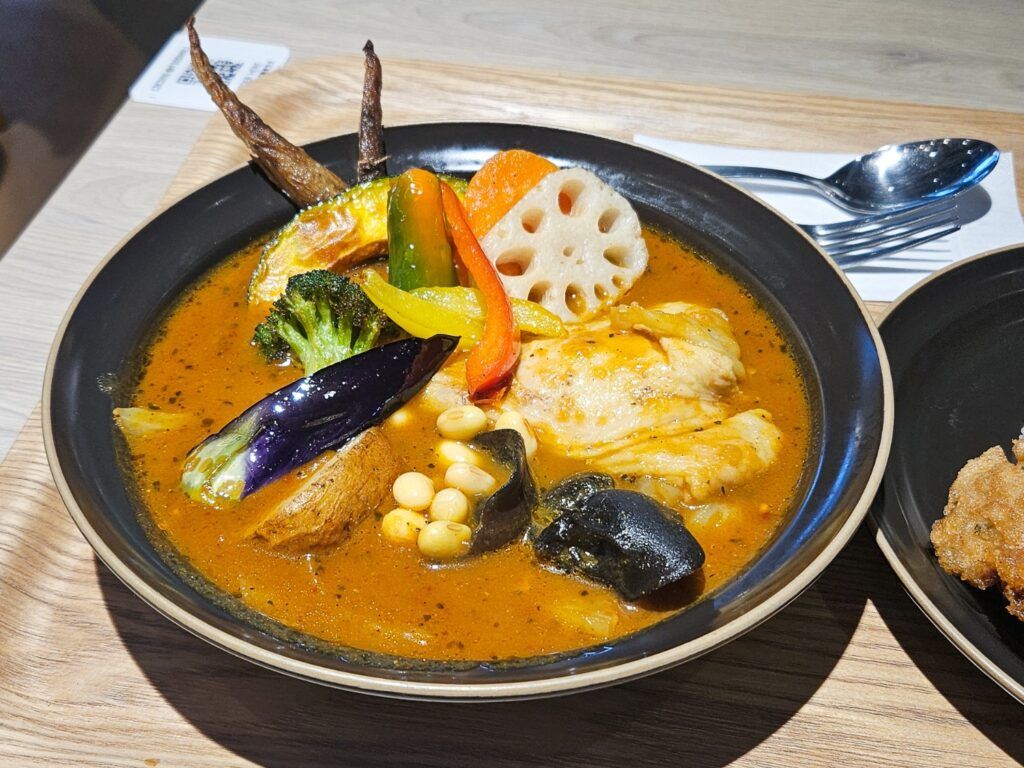
Street food prices in Japan: what to expect
When people think about “Japan,” one of their first thoughts is probably “expensive.” However, street food in Japan can be the great budget saver. Alleys, markets, and food stalls let you eat incredibly well without sitting down at many restaurants.
So how much does it cost? The average price per item is somewhere in the region of ¥350–¥800 (or approximately $2.30 to $5.30 / €2.10 to €4.80). In mega-popular tourist spots like Dōtonbori in Osaka, or Nakamise in Tokyo, some prices are higher than that, but still, most items top out at around $6 or €5 if you’re not buying top-quality wagyu or snow crab. It’s worth it for the entertainment value alone, because you get to see the dishes prepared live in front of you.
If you’re serious about a full street food adventure, then budget between $20 and $40 (€18 and €36) per person, per day. Closer to the low number if you’re a conservative eater, getting maybe 3–4 items tops once per day. For the adventurous eater, accept that in Japan, you’ll want to try everything. Since many of these foods are seasoned lightly and not too heavy, you may find yourself peckish again in about 45 minutes. Plan to spend what’s necessary to enjoy the full range of flavors.

Street food etiquette & insider tips for Japan
Japanese street food isn’t a disorganised mess like in some other countries. It reflects national personality traits.
Don’t walk and eat
You’ll never see a Japanese person eating on the run. Because you’re never supposed to eat and walk, take the food back to the stall, or to the eating area. Japanese people are okay with following this rule because having dirty or oily streets is culturally unacceptable. Hence, the most important job of a Japanese street food stall is handing everyone a wet wipe or a small napkin. NOT to clean your face. To mop up the drips that are slowly making a disaster around your mouth/sleeve. There — you have the secret of keeping your shoulders clean.
Be a good citizen in the queue
Queuing is the national sport. Never cut a line or ask to go in front; follow the system precisely. This dedication to order is why street food queues in Japan move surprisingly fast. With everyone in sync and passionate about efficiency, the flow is rarely disrupted.
Dispose properly
Most of the eating spaces in Japan do not have public garbage bin systems. The idea is very simple: you buy it, you own it, you dispose of it. That is why there is hardly ever a tissue paper or a cup lying around. You are at work. Momentarily, this is your workplace.
The flavour of the streets: bite into the real Japan
Traveling in Japan through its street food culture is the easiest way to see the cultural paradox of Japan: brutal precision meeting easy pleasure in the same mouthful. Food is a language, and Japanese street food is its most authentic dialect.
If this is enough for you to want this experience, we’re ready to guide you. Start with our Japan 360 group tour — a mindfully curated, yin-and-yang’d, culture-food trip into Japan that takes you deep, slow, and with purpose — or see all our organised group trips to Japan.
Japan will feed you mouth deep. But more importantly, Japan will make you question food, culture, time, and travel.
